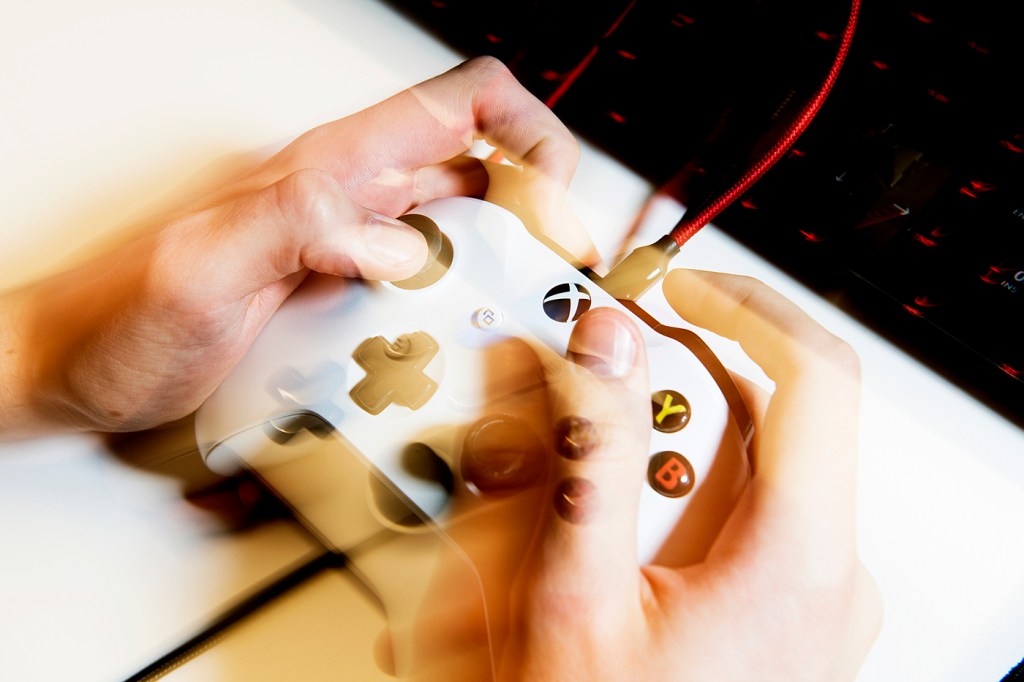How ‘fitness’ gaming is impacting our health, from WiiFit to Pokemon GO

If the COVID-19 pandemic has taught us anything, it’s that sometimes we have to make do, for long stretches of time, in a confined space. Government-imposed lockdowns and quarantine protocols have prompted a cultural shift toward remote work and schooling, and people everywhere have had to learn how to meet their own personal health needs without regular access to gyms, athletic facilities, and other forms of recreation.
Vaccines, of course, have changed the equation; a new normal is being negotiated. But pandemic shifts in how we occupy our time while at home helped fuel a surge in video game use, including increased interest in virtual reality and so-called “fitness gaming,” or games designed to keep us moving.
More kids and adults at home playing video games might be cause for concern. But the rise in games and modes of gaming that challenge the prevailing sedentary model (seated and facing a screen) have been linked to health benefits, says Amy Lu, associate professor in communication studies and director of the university’s Health Technology Lab.
It’s a shift in the gaming world that really began in the late 1990s with the release of “Dance Dance Revolution,” a game in which players would stand on a dance platform and step on different tiles that correspond to the music played, Lu says.

Left to right: Amy Lu, associate professor in communication studies and director of the university’s Health Technology Lab. Photo by Matthew Modoono/Northeastern University; and Casper Harteveld, associate professor of game design at Northeastern. Courtesy photo
Since then, game companies have developed consoles that have integrated motion sensors and more immersive elements, such as virtual and “augmented” reality, Lu says. WiiFit, which came out for the Nintendo Wii in 2007, is a good example of this. The trend of movement-based games has coincided with the rise in gamelike fitness tracking tools, most notably Fitbit.
Mobile game developers have tried to combine fitness and augmented reality to make games that force its users to go out into the world to achieve in-game rewards, like Pokémon GO, which came out in 2016. Even though the game has fallen off in popularity, Lu says Pokémon GO was revolutionary in its approach, and remains an important example illustrating the evolution of the market.
“My impression is that a lot of these games and devices are not just reactions to people’s criticism, but more of a natural evolution of gaming devices, and design companies’ discovery of the market,” she says.
While it may appear that the industry as a whole is moving in a healthier direction, the status quo still favors the sedentary model, where games are played in a seated position, and no physical movement is required, says Casper Harteveld, associate professor of game design at Northeastern.
“I think that has to do with the conservative nature of the gaming industry,” Harteveld says.
But professional gamers, who participate in so-called “esports,” are increasingly adopting healthy habits and exercise in an effort to optimize performance, says Harteveld, who studies the health of professional gamers. Many esports teams are “highly organized,” and have strict dietary and exercise training regimens for its players, he says. Some research even suggests that professional gamers are in better overall health than a significant portion of the general public.
“This is really fascinating,” Harteveld says. “This counters a couple of myths that they’re just eating chips all day.”
Harteveld says that the shift toward healthier gaming, while slow-going, is one that’s also being driven by other industries. Virtual reality, for example, has numerous applications in car manufacturing as well as architecture. Game designers such as Jane McGonigal, Harteveld points out, have integrated aspects of human psychology to better understand how games can help enrich our lives, and promote resilience and well-being.
Designers should be guided by a set of shared values when envisioning the future of the industry, he says. That includes thinking about how to make games more accessible, inclusive, and healthy—values that are resonating in the broader culture. Those principles can be harnessed to counter some of the longstanding ills associated with gaming, such as addiction, obesity, and poor mental health, Harteveld says.
“It’s our responsibility to educate the next generation of game designers, and once they get in the industry, they’ll carry on the values we find important,” he says.
For media inquiries, please contact media@northeastern.edu.






